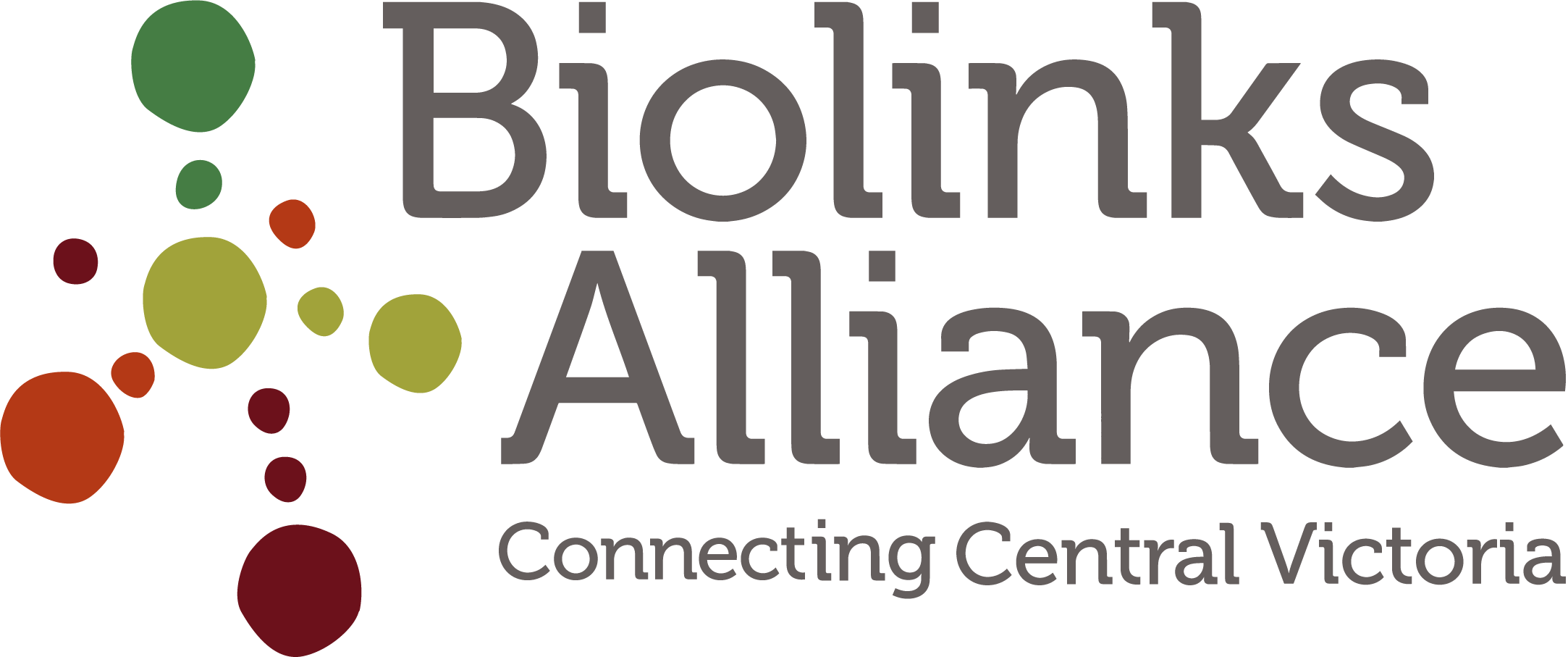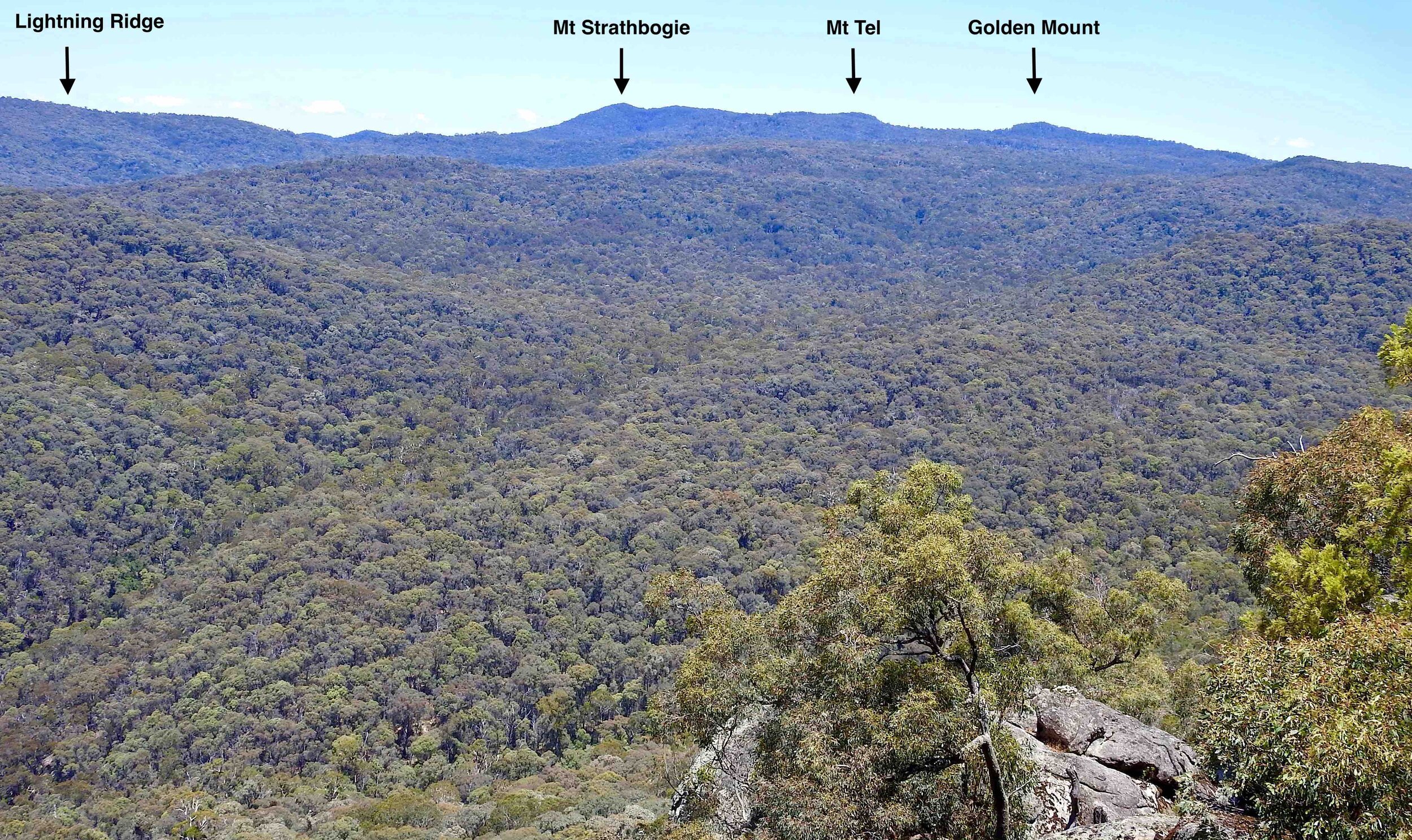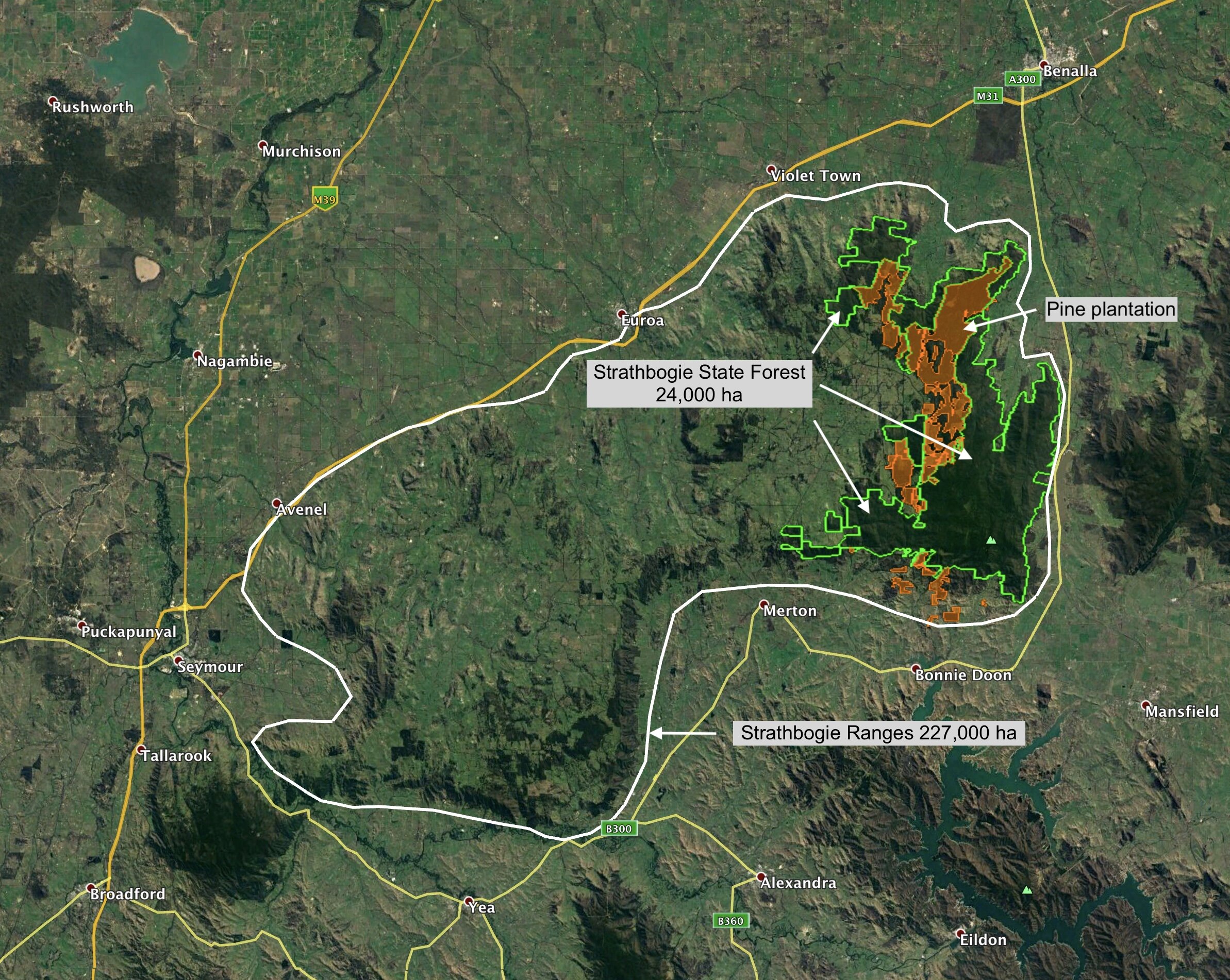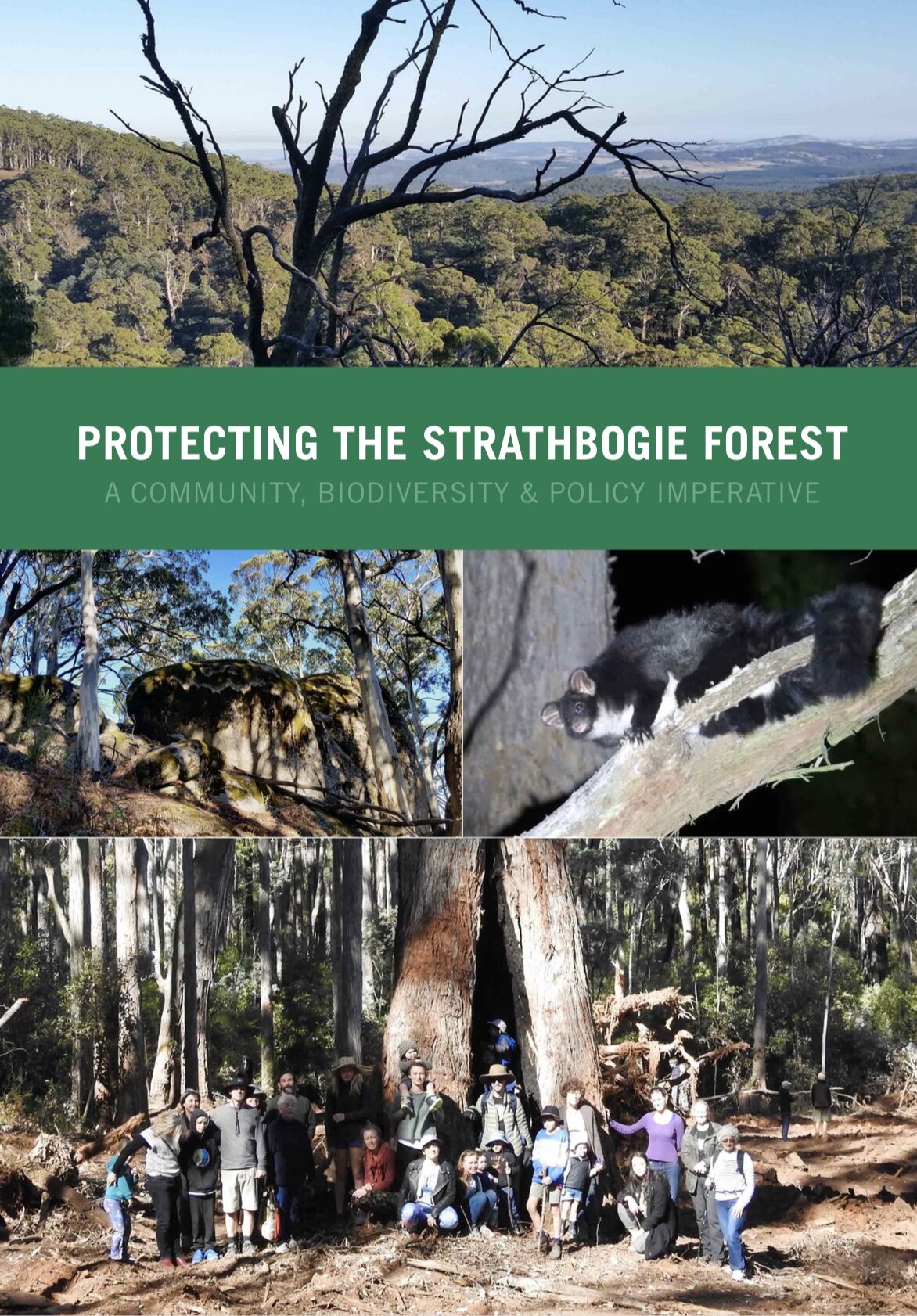Strathbogie Forest Citizen Science and Community Advocacy
Improved management of the Strathbogie Forest has been a priority for several local groups:
· Strathbogie Ranges Conservation Management Network (SRCMN)
· Save Our Strathbogie Forest group (SOSF)
· Euroa Environment Group (EEG).
Each group has its own objectives and conservation/action ‘footprint’, but all care deeply about the forest and have had long-term involvement in citizen science and community advocacy.
The issue
About three-quarters of the original forest cover of the Strathbogie ranges has been cleared. What remains is fragmented and stressed, but still contains significant biodiversity, cultural and tourism assets. Within the Strathbogie Ranges, the Strathbogie State Forest now supports the last remaining secure populations of numerous forest dependent species – plants, animals & fungi.
Several species are known to have become regionally extinct in the ranges (Spot-tailed Quoll, Yellow-bellied Glider), many more have likely disappeared without us even knowing and several species are on the brink.
In 2014 the Strathbogie Forest faced both the immediate threat of native forest logging, as well as the long-term threat of climate change. As a forest ecosystem surrounded by farmland and effectively isolated from similar forest to the south and east, the surrounding local communities knew something had to change.
So, the surrounding local communities, along with supporters across the state, began focussing attention on this modest forest, asking questions and undertaking their own investigations into the forest’s ecology.
The Project
Since 2014, locals have been conducting citizen science and community engagement activities to give people first-hand experience and knowledge of the forest, as well as collect species and habitat data to allow informed decision-making and improve forest management.
Our guiding principle was the old adage:
You can’t love what you don’t know and you can’t protect what you don’t love.
So, we put enormous effort into building broad and strong grass-roots support – support for the goal of better forest protection, but also support for each other on the journey.
Project results
The result of the public becoming increasingly involved in the Strathbogie Forest has been a seven-year journey of concern, action, discovery, friendship, delight and reward. And, ultimately we have been rewarded with official acknowledgement that our forest is indeed special
A few highlights:
Community surveys of the impact of a planned burning in the Strathbogie Forest documented the significant impact this practice can have on tree health, tree hollows and forest values.
We used nocturnal surveys to establish that the Strathbogie Forest supports large numbers and high densities of the Greater Glider. These surveys also confirmed that the Yellow-bellied Glider appears to have become recently extinct in these forests.
Subsequent research by government ecologists confirmed that the Strathbogie Forest supports a regionally significant population of Greater Gliders and that the population has not suffered the declines that have occurred in other parts of the species’ range. These surveys also found that some parts of the forest have among the highest detection rates of Greater Gliders ever recorded.
Use of affordable infra-red cameras has opened the door to a new way of detecting cryptic species.
Community advocacy and support resulted in the Shire of Strathbogie calling for an end to native forest logging in the Strathbogie Forest and the establishment of a protected area under the National Parks Act 1975.
Trail cam surveys collected species information from dozens of sites in the forest and have provided key information on both native and exotic species.
Citizen science also included art and investigations into invertebrates (moths) and fungi.
Publication of ‘Protecting the Strathbogie Forest’ – a report summarizing key information that the community had collated through the course of the citizen science and community advocacy journey.
Using the media, both social and print, to tell our story quickly became a critical element of the advocacy campaign.
Ultimately, our efforts were rewarded. In May 2019 all native forest logging coupes in the Strathbogie Forest were removed from the Timber Release Plan, meaning there would be no logging for the duration of that iteration of the TRP. More importantly, in November 2019, as part of the Victorian Government’s phasing out of native forest logging, the Victorian Environment Minister declared the entire Strathbogie State Forest to be an Immediate Protected Area.
Whilst this great outcome is entirely the product of engaged and active local communities practicing quality citizen science and advocacy, the work doesn’t finish here. A change of name, even of land tenure, doesn’t automatically result in better decision-making. Protecting this forest’s precious cargo of Greater Gliders and countless other species, habitats and natural values, is a partnership between people, knowledge and humility. If there’s one thing we’ve learnt, it’s that stewardship is inexact, but hands-on!



